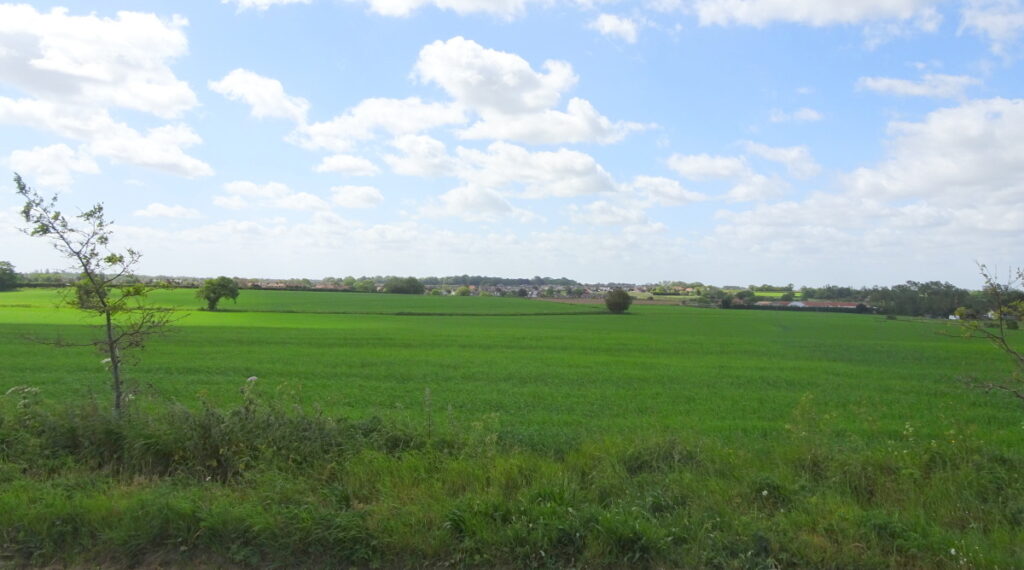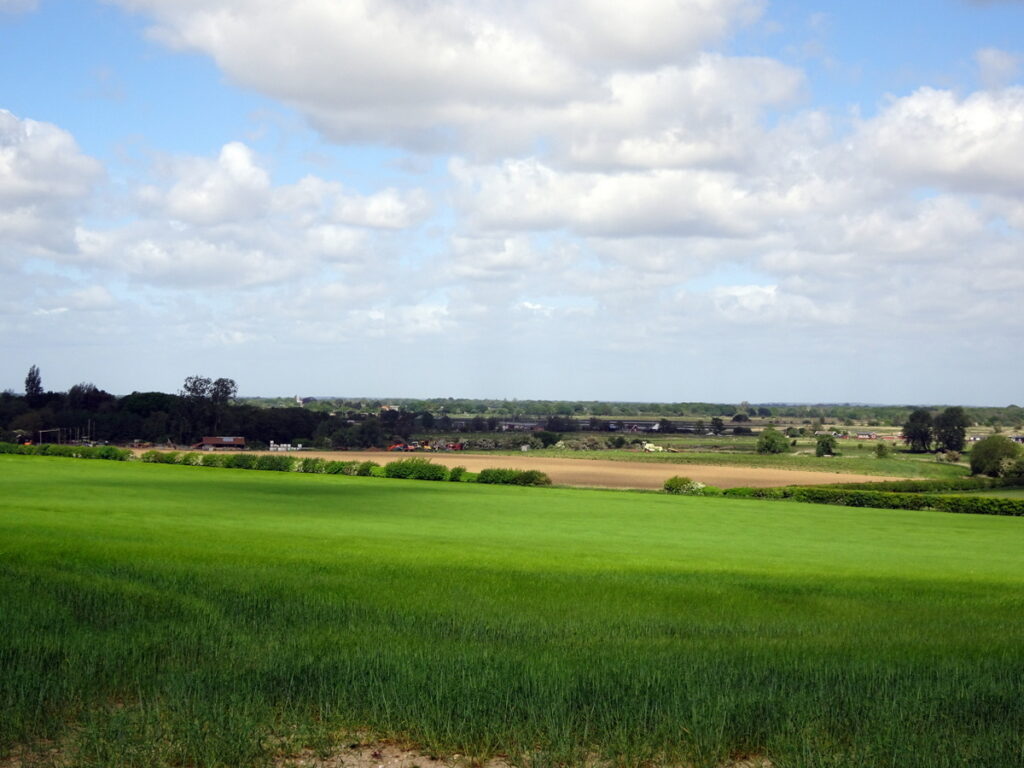Thunder Hill Farm, Martham

I have always thought that Thunder Hill has an enigmatic mystery about it. Approached by a pot-holed concrete drive it has all the appearances of being private and yet the road doubles as the Martham definitive public footpath No6 which passes right through the farmyard and you are perfectly entitled to walk it. The farm and its approaches provide some of the best views across the Broads in the whole area and yet seem to be a secret. ‘Hill’ is a bit of an exaggeration but anything around 50ft above sea level in Norfolk constitutes a hill. I can find no record of how it got its name. With open views north across the Broads perhaps it gets its name from thunder as it rolls in uninterrupted from the north.
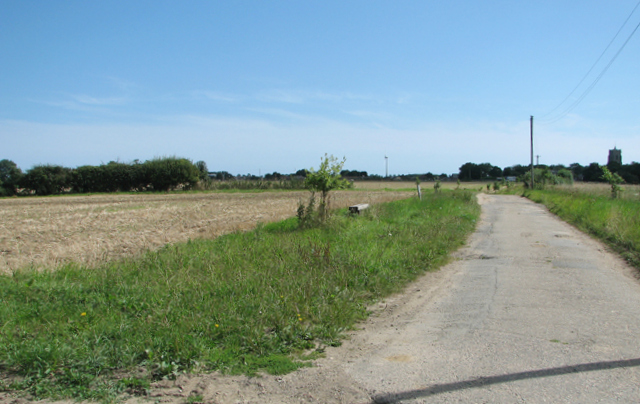
The land hereabouts has been farmed for centuries and ancient archaeological finds like prehistoric potboilers, burnt flints, faint linear and curvilinear cropmarks have been recorded nearby at Ferrygate.
Owners of the land associated with Thunder Hill can be separated from the people who lived in the farmhouse who were all tied farm tenants. None of the actual landowners lived there, they were almost all owners of large amounts of land in the village and/or beyond.
Owners
In 1812 Alexander Parker a ‘gentleman farmer’ from Great Yarmouth owned the land that Thunder Hill farm is on today but there were no buildings on the plot at that time. Plot 212a was where Thunder Hill farm is today. The interesting thing is that the size and shape of plot 212a was almost the same then as it is now – see the copy of the 1812 Inclosure Award map below. He owned a total of just over 33 acres in fields nearby and marshes near the river. Alexander was born in about 1766 in Great Yarmouth and died in 1830. He was buried on 6th February 1830 in an unknown grave at St Mary the Virgin, Martham.
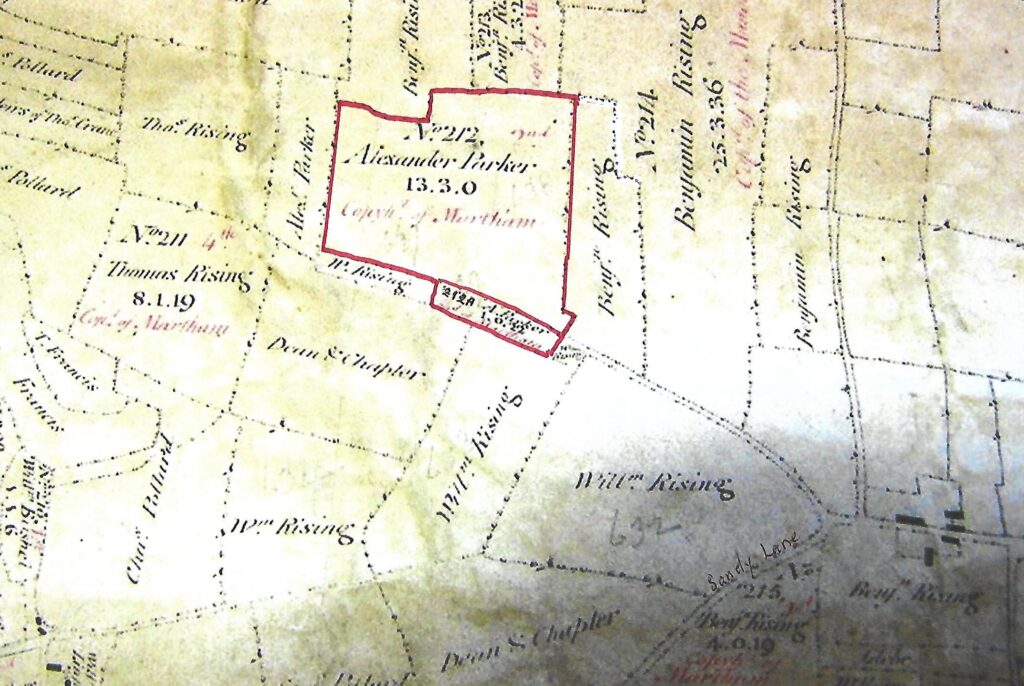
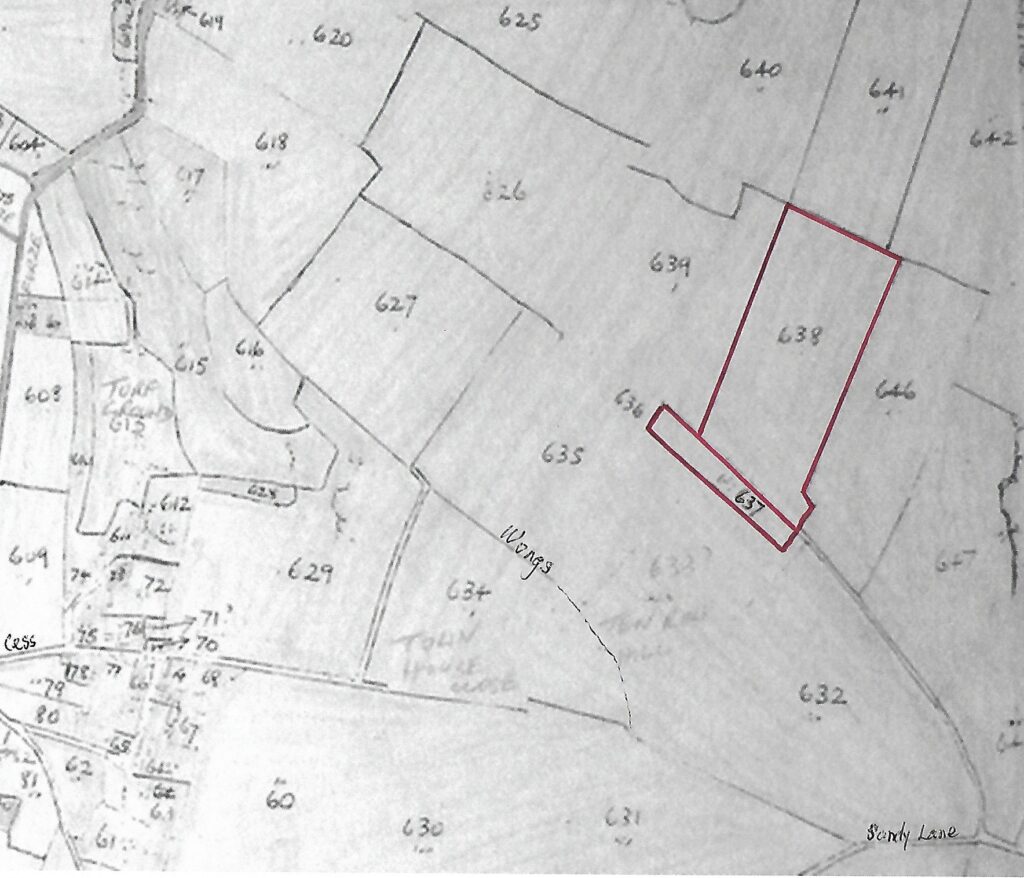
Thirty years later at the time of the 1842 Tithe Award plot No212a had become plot No637 as shown on the 1842 Tithe Award map above and it was still the same shape and size. The land had come into the ownership of George Rising (1812-1860) but again there were no buildings there. George, who farmed 130 acres in Martham in 1842, was from the landowning Rising family and lived at The Green in Martham. He also owned land in Rollesby and Potter Heigham. He died on 2nd July 1860 and was buried on the 5th at St Mary the Virgin at section A, plot L3. After George died his whole estate including land, properties, livestock and household effects was sold in auctions which included Thunder Hill. His wife Bridget and son, Thomas who was only 14, moved to Common Road, Cess and later to Rollesby. The auction listed five enclosures (fields) of 33 acres as lot No5 but made no mention of a dwelling. Below is a copy of the auction advert published in The Norfolk Chronicle & Gazette on 11th August 1860.
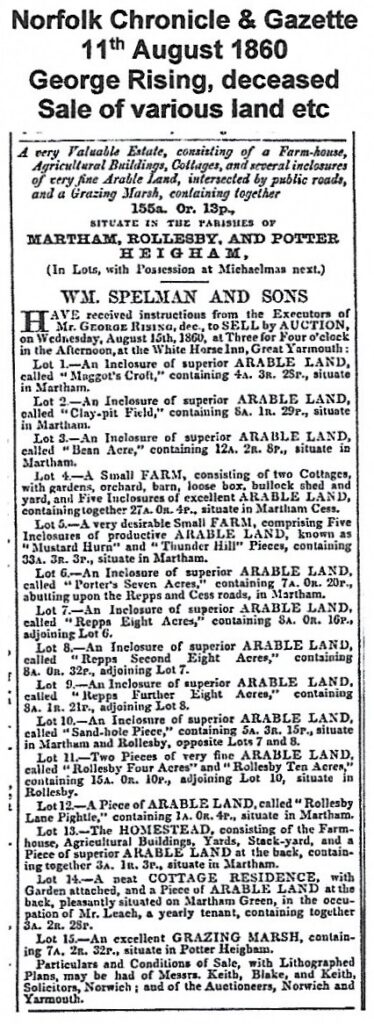
The Thunder Hill lot sold for £2,020 but unfortunately there is no official record of who the buyer was but it was probably William Rising (1769-1846), George’s 3rd cousin, who may have wanted to keep it in the family but was also a substantial landowner in the district anyway. When William died in 1846 he left the main portion of his land holdings to his son Benjamin Howes Rising (1827-1902) but Benjamin had, firstly, a career in the army and then was a vicar for most of his life living in Shropshire. We know all this because there are records that Benjamin had let his substantial Martham Estate based at Martham House to Alfred Mabbot Wiseman and he in turn died in 1905. After his death his Executors continued to run the estate for a while and then put it up for auction on 22nd July 1908. The sale advert, including Thunder Hill comprising a house and 94 acres and occupied by a sub-tenant named Benjamin Goose, is shown below.
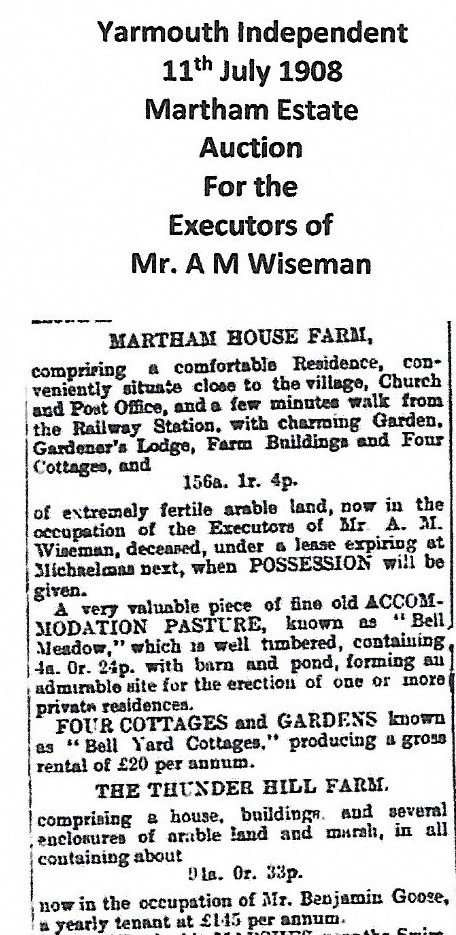
The purchaser was Norfolk County Council that was acting quickly at the time on new powers provided under the Smallholdings and Allotments Act 1908 that was aimed at discouraging rural depopulation problems by providing smallholdings to prospective tenants. The purchase of Thunder Hill with its 94 acres cost them £2,500 and was the first made under this new initiative. On 20th November 1909 Martham Parish Council expressed concern about the state of the road leading to the farm and asked the County Council to repair it. Locals remember NCC’s ownership continued into the 1960’s. The last change of ownership saw the farm change into the hands of Chapman Farms Ltd which has stabilised the development and conversion of some of the buildings into homes that are fit for the modern era.
Occupiers
The tenants of the farmhouse would have worked for the landowners as agricultural labourers or similar. They would have all been tied tenants and if they left their job, they lost their home as well. It was not unusual for farm workers to move on seeking better paid employment so in many cases they only stayed a short while and as the following records are mostly drawn from census returns it does not necessarily mean they were there for ten years. Other unknown tenants could easily have come and gone between census dates.
The first clear indication that a farmhouse had been built comes from the 1871 & 1881 census returns because William Hayton and his wife Sarah, nee Saunders were listed as living there throughout that period. It seems, therefore, that the farmhouse must have been built during the 1860’s. William was an agricultural labourer and his father was the Parish Clerk at St Mary the Virgin for over 45 years.
At the time of the April 1891 census George Stone and his wife Eliza, nee Sword lived there with their five children. They were from Easton and Hetherset respectively and George was a farm bailiff. They had moved on before 1901.
John & Elizabeth Grimmer lived at the farm in 1901. Elizabeth was the mother of George Stone above. John was from Martham and Elizabeth was from Easton near Norwich. Elizabeth died at Martham in 1909 and John at Horsey in 1911. Both are buried in unmarked graves at St Mary the Virgin, Martham.
Benjamin Goose was noted as the occupier of the farm in 1908 when it was sold by auction.
Nobody stays long on the hill and by 1911 William Tooke lived and farmed there. The following year he married Emily Brown. Originally William was from Fleggburgh and Emily from Somerton. They were living there in 1920 when they were listed in the electoral register for Martham. They both share a grave at St Mary the Virgin, Martham.

Some longer-term occupiers were Walter Edward Long and his wife Gladys, nee Nichols who were married at Hemsby in 1916 and lived at Thunder Hill from about 1921 until around 1958. Walter was listed in the 1937 edition of Kelly’s Directory as a farmer and the couple were listed in the 1939 Register by which time, they had four children. When they moved out, they went to Ivyholme in Back Lane, Martham.
When the Longs left the new occupiers were Redga Ernest Myhill (known as Joe) & his wife Alice, nee Haylett who lived at the farm with three of their five children.
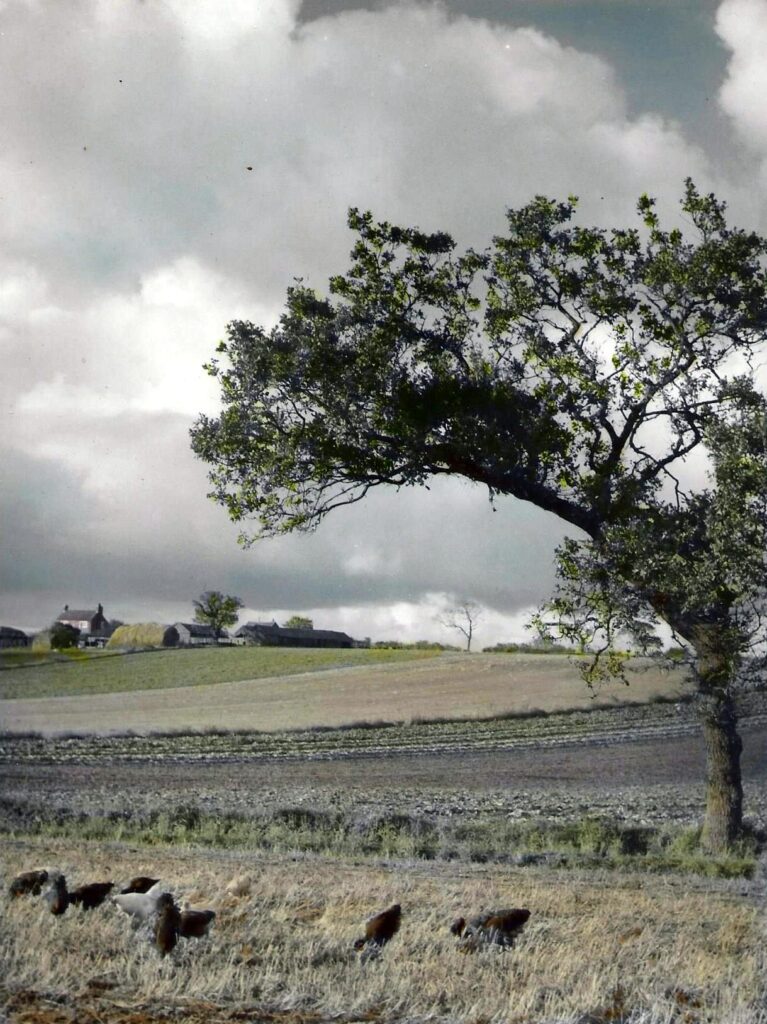
In the late sixties and early seventies Jack Page was the tenant before he left to live at Scratby where he started PYO fruit facilities which his son still provides.

Above is an aerial photograph from the 1970’s before the original farmhouse had been modernised and when there were still several outbuildings.
The photographs below show two views of the modernised farmhouse that was originally a small one up, one down cottage. The white wall area has been covered with a small side extension.
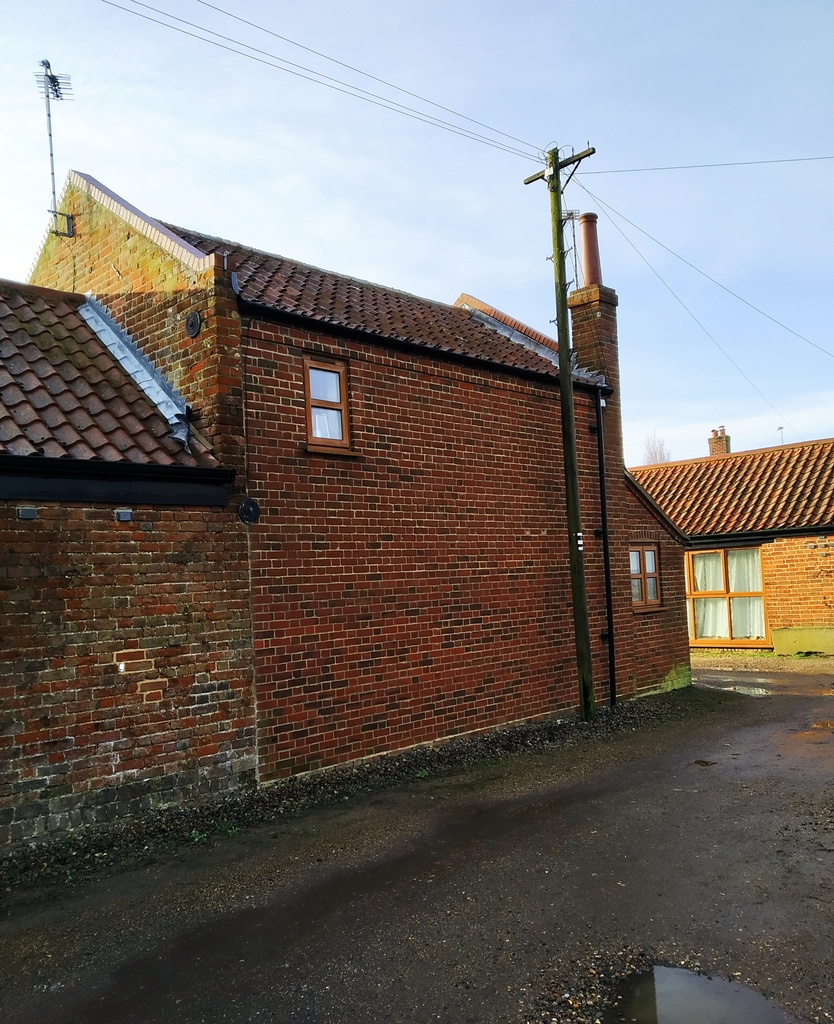
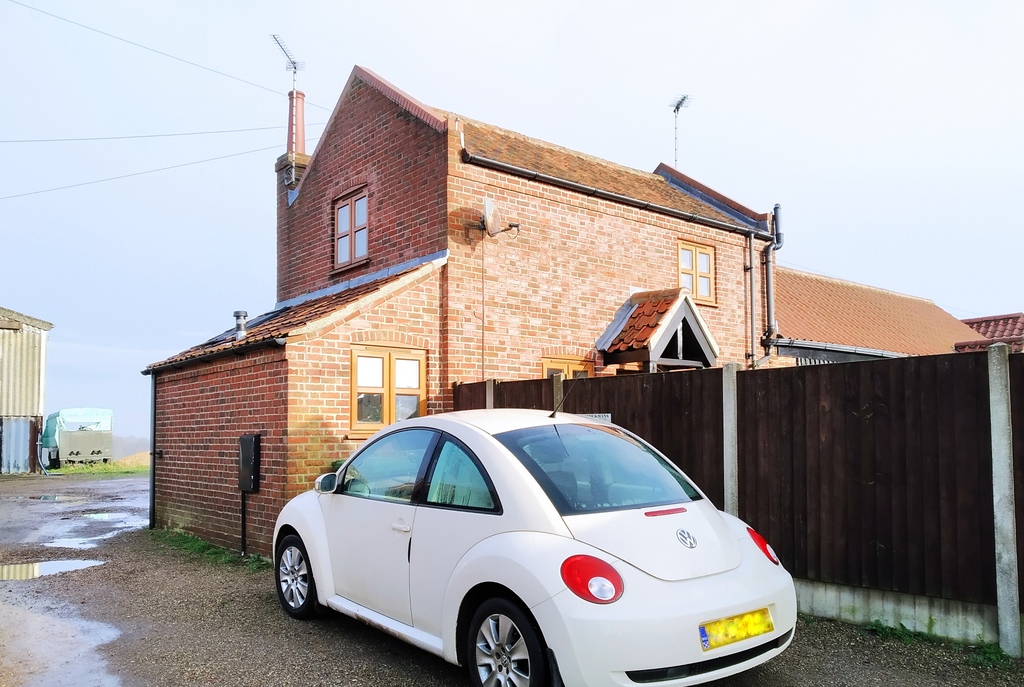
The photograph below is from about 2000 and shows that most of the barns have been removed. Five of the outbuildings have been converted to homes and the house provided by NCC (far left) has been extended.
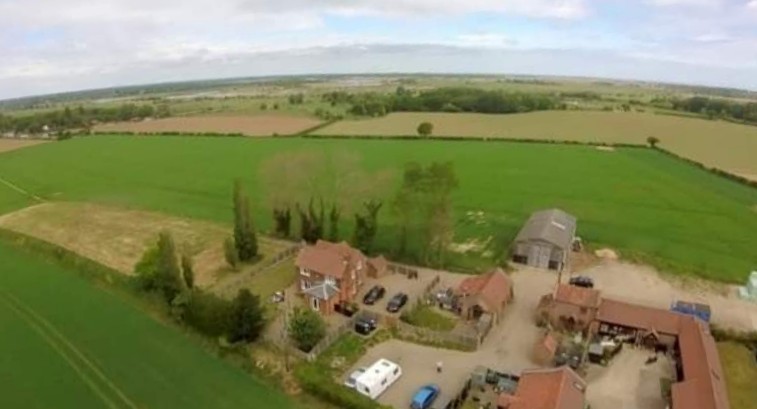
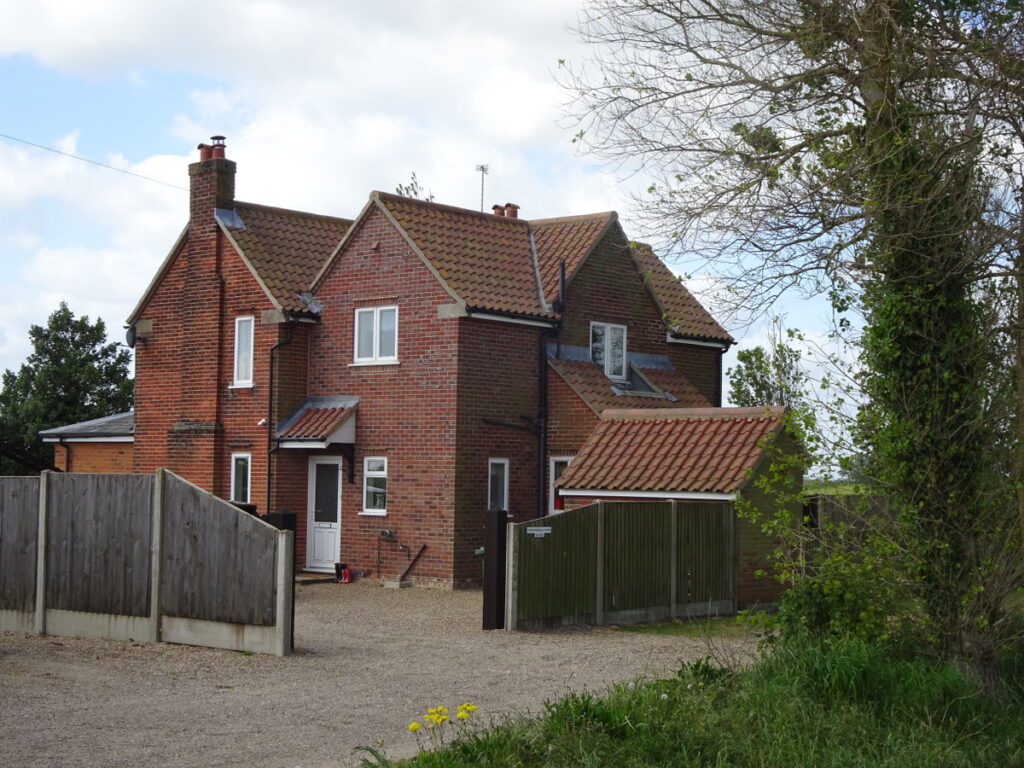
Take a walk over Thunder Hill and experience these marvellous Broadland views.
